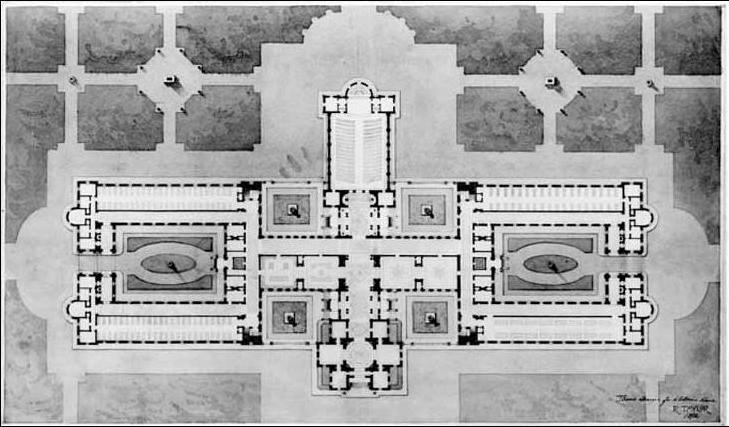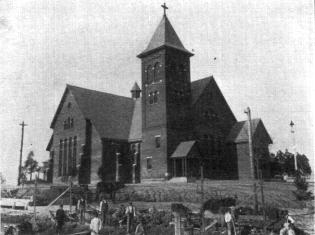| OVERLOOKED BLACK ARCHITECTS IN HISTORY
- Savannah Williams
- Jul 3, 2020
- 3 min read
How often in our architecture education have black architects been brought to light and used as an example of contribution to the industry? I am yet to experience this my self, so this weeks Archi Insider is dedicated to three black architects who have been missed from my architecture history education.
| HENRY WILCOTS

Henry Wilcots, who is now a retired architect, had a close relationship with the well-known architect Louis Khan. Wilcots worked along side Louis Khan for around 20 years of his architectural career, in this time designing and helping Khan complete buildings. Before encountering Khan, a small American Contractor hired Wilcots to design military buildings, working largely in Dhaka the capital of Bangladesh; he knew that the colour of his skin meant getting a job in the United States would not come with ease.
Louis Khan was asked to design the National Assembly in Dhaka, and who did he ask to be along side him? Yes. Henry Wilcots. After this moment of joining forces, Wilcots and Khan worked together for some 20 years. Now this must be a sign of acknowledgement and worthy design input for a well-established architect like Louis Khan to have remained working with the same man, Henry Wilcots for two decades. After Khans sudden death, it was Henry who had the main hand in helping complete the parliament building, a member of the engineer’s team who worked on the project said -
"If it hadn't been for Henry, goodness knows how the project would have been finished…"
This demonstrated Henry's purpose and influence on the capital complex, with strong influence on the National Assembly building. He was an important character in making sure the design was followed through successfully.
| NORMA MERRICK SKLAREK

Norma Merrick is an inspiration to women in architecture, especially to those who are of an ethnic minority background. Norma was the first African American woman to pass her licence exams in becoming an architect in both California and New York, she was also the first black woman to establish and manage an architectural firm. A great achievement in the 1950's. Today architecture is still a very white male dominated industry but even more so during Norma Merrick's period when she kick started her career.
After having worked for some years Merrick decided to take her career into her own hands as it was not challenging her skills enough, thus she became the first African American female to become a licensed architect. Through her career she worked on large developments such as the Embassy of The United States in Tokyo, the Terminal One Station in the Los Angeles International Airport and Pacific Design Center in West Hollywood. To work on such projects a time faced with strong racial difficulties for black people, it is only right to appreciate Norma Merricks perseverance, intellect and courage which allowed her to push into the architectural industry as a black woman. She was even referred to as "Rosa Parks of architecture".
| ROBERT ROBINSON TAYLOR

Robert Robinson Taylor was a black American architect, the first black student of MIT, the number one university in the world for architecture. Roberts family history was that his father was the son of a white slave owner and his mother a black woman, in 1850 they had enough money to gain freedom and move to Washington, where he became a carpenter. His father then evolved to the construction industry, which Taylor then followed on from by attending MIT and becoming the nations first black architect.
Taylor was known to be the over achiever of his classes, succeeding in all avenues of the course, obtaining honours in architectural history ,trigonometry mechanics and more. Taylor went on to teach at Tuskegee University and have an architectural career designing buildings such as, Dorothy Hall of Tuskegee Institute, Women's Trade Building, Carnegie Library and more. Taylor favoured scientific development and architecture as one, combining those two components together to create his buildings. He had a successful 40 years and in 1942 died in the hospital he had designed and built.
These 3 black architects you may not have heard of prior to this blog, but they're real and they are important. They achieved the challenge in opening doors for people of colour in architecture during the less progressive times of the 18 and 19 hundreds, yet we do not hear of such appraisals in our architectural education. I hope you have gained some new knowledge and if you haven't that's great because you already knew of these great names.






















Comments